Guiuan: A Cursory Look
We made a random tour of the central town area, just to see how is Guiuan now, about 8 months from Yolanda. No particular things in mind, we just ran around to see how things are, how Guiuan is coping.
Let me start with this... as we re-entered the town center from Sulangan...That is what remains of the famous Surf Camp on ABC Beach, Calicoan Island which I visited in 2010. Literally nothing is left of it. Well, for those who have not been to this resort before, you/they might not be able to relate much, as the compound was hidden from public view by tall shrubs, trees and/or the fence made of rough coco-lumber. All I could tell my companions was "that was the swimming pool".
Compared to my 2010 visit, the road here is already good. Even before Yolanda, a friend told me...There's an interesting thing about this road that many don't notice. I'll tell about it if I get to shoot pics.
The World War II US Naval Supply Depot. Flagpoles swayed to one side, the tallest totally bowed...This unfinished side of the road/intersection is not about Yolanda. The contractors are just not quite done with their jobs. We didn't turn right to the beach as there was nothing there even before Yolanda.
But I promise, I'm going to explore that area soon. Pramis!
At center of town, most homes and business establishments have new roofs and newly painted...,An 'easy indicator' that they were devastated, but starting to rebuild and recover their lives as before.
Would you know what this space might be? (from Philippine Flag to fire extinguisher - ONLY)The "Mayor's Office"! There's an airconditioner, but there are electric fans. It is still so hot as it's a tent! It's a big "tent" provided by a humanitarian agency. The material is like what sacks of rice are made of.
The mayor, his Municipal Engineer and Municipal Health Officer, all smiles posing with visitors...Well yes, they can smile. After 8 months from the havoc, all your tearwells will have been drained dry, so no other way but smile. I think that is how Filipinos are, we don't just die inside, we cling to hope!
Look at the walls and the ceiling. That is that plastic material made into sacks of rice as I said above. They 'pasted' some "insulator" up the ceiling to lessen the sun's heat. If you ask me, it was still too hot and humid in there, especially that a tent cannot have windows, I felt like suffocating. Yet, they thrive!
Here's one more mind-boggling reality: that tent stands in the very middle (or straddlding the width) of the street front of what has been their municipal hall. I asked why, the engineer said it is the sturdiest and level ground they could find (and allowed by law to occupy) for their offices to function as offices!
Right-most lady in the group, was actually standing in the very middle of the street - the longitudinal joint of the road! THAT is the floor of this temporary "municipal hall" as of now! I even still asked why the past 7 months they were not able to put up a decent structure as municipal hall, albeit temporary. The reply was: this is only an office they use 8 hours a day, the homes of thousands are still roofless.
That reply from the mayor as if doused me with a combination of ice-cold and boiling water. I rested my case. For in fact, it is not just them thinking about this and that. Hundreds of humanitarian think-tanks, scientists and experts help them sort things out. Thus, to-date this tent is THE "municipal hall"!
At least the police headquarters is rising up fast! These surrounding containers are LGU offices too!That "under repair" building far back at right is the "Pamahalaang Bayan" (municipal hall) of the town.
All schools were devastated, but all of them are also being attended to...
Well, from the side of the road, this is what remains of their church...I last saw it intact and standing during my 2010 visit. Now everything about it will become new hehe.
The public market structures were not spared by Yolanda. But they too are rising back...
It's getting livelier in here by the day, says one of the vendors!All those crabs were wiped out (by two of my companions incidentally returning to Manila, hati sila)!
Now, I don't see anything wrong with "disaster tourism" that some ugly-faced politician keep harping about. As long as things are safe, secure and orderly, visitors can even help boost economic recovery.You see that gray vehicle behind the outpost? It says Oxfam - just 1 of the many organizations helping not only Guiuan but the whole of Yolanda/Haiyan affected areas! They dominate the roads nowadays!
They also dominate the bulk of the "buying public". Ano ba naman mamasyal sila during their breaks? Then later be the guides or mere informants for those non-humanitarian folks who want to come and see things for themselves. It re-stirs up businesses, even by just blogging about place/s they've seen.
Some of the residences and commercial establishments are resurrected not just by their own doing...They were helped by humanitarian agencies or private entities in return of/to renting or leasing these properties to the same organizations to serve as their base of operations while helping the populace.
Another example is Tanghay View Lodge - where we were going for lunch in that picture above.
But I have a separate entry on Tanghay. Anyway, this is Khaishra - where I stayed in my 2010 visit.As in above topic, all rooms (there are just a few anyway) were "cornered" by another humanitarian aid agency. Some rooms serve as their sleeping quarters, others their offices, holding or stock rooms and so on. To the smiling dismay and envy of local/international staff from other development aid groups!
Anyway, as with other towns in the region, Guiuan is never alone. The whole world is here to help!
Thank you WORLD!
Let me start with this... as we re-entered the town center from Sulangan...That is what remains of the famous Surf Camp on ABC Beach, Calicoan Island which I visited in 2010. Literally nothing is left of it. Well, for those who have not been to this resort before, you/they might not be able to relate much, as the compound was hidden from public view by tall shrubs, trees and/or the fence made of rough coco-lumber. All I could tell my companions was "that was the swimming pool".
Compared to my 2010 visit, the road here is already good. Even before Yolanda, a friend told me...There's an interesting thing about this road that many don't notice. I'll tell about it if I get to shoot pics.
The World War II US Naval Supply Depot. Flagpoles swayed to one side, the tallest totally bowed...This unfinished side of the road/intersection is not about Yolanda. The contractors are just not quite done with their jobs. We didn't turn right to the beach as there was nothing there even before Yolanda.
But I promise, I'm going to explore that area soon. Pramis!
At center of town, most homes and business establishments have new roofs and newly painted...,An 'easy indicator' that they were devastated, but starting to rebuild and recover their lives as before.
Would you know what this space might be? (from Philippine Flag to fire extinguisher - ONLY)The "Mayor's Office"! There's an airconditioner, but there are electric fans. It is still so hot as it's a tent! It's a big "tent" provided by a humanitarian agency. The material is like what sacks of rice are made of.
The mayor, his Municipal Engineer and Municipal Health Officer, all smiles posing with visitors...Well yes, they can smile. After 8 months from the havoc, all your tearwells will have been drained dry, so no other way but smile. I think that is how Filipinos are, we don't just die inside, we cling to hope!
Look at the walls and the ceiling. That is that plastic material made into sacks of rice as I said above. They 'pasted' some "insulator" up the ceiling to lessen the sun's heat. If you ask me, it was still too hot and humid in there, especially that a tent cannot have windows, I felt like suffocating. Yet, they thrive!
Here's one more mind-boggling reality: that tent stands in the very middle (or straddlding the width) of the street front of what has been their municipal hall. I asked why, the engineer said it is the sturdiest and level ground they could find (and allowed by law to occupy) for their offices to function as offices!
Right-most lady in the group, was actually standing in the very middle of the street - the longitudinal joint of the road! THAT is the floor of this temporary "municipal hall" as of now! I even still asked why the past 7 months they were not able to put up a decent structure as municipal hall, albeit temporary. The reply was: this is only an office they use 8 hours a day, the homes of thousands are still roofless.
That reply from the mayor as if doused me with a combination of ice-cold and boiling water. I rested my case. For in fact, it is not just them thinking about this and that. Hundreds of humanitarian think-tanks, scientists and experts help them sort things out. Thus, to-date this tent is THE "municipal hall"!
At least the police headquarters is rising up fast! These surrounding containers are LGU offices too!That "under repair" building far back at right is the "Pamahalaang Bayan" (municipal hall) of the town.
All schools were devastated, but all of them are also being attended to...
Well, from the side of the road, this is what remains of their church...I last saw it intact and standing during my 2010 visit. Now everything about it will become new hehe.
The public market structures were not spared by Yolanda. But they too are rising back...
It's getting livelier in here by the day, says one of the vendors!All those crabs were wiped out (by two of my companions incidentally returning to Manila, hati sila)!
Now, I don't see anything wrong with "disaster tourism" that some ugly-faced politician keep harping about. As long as things are safe, secure and orderly, visitors can even help boost economic recovery.You see that gray vehicle behind the outpost? It says Oxfam - just 1 of the many organizations helping not only Guiuan but the whole of Yolanda/Haiyan affected areas! They dominate the roads nowadays!
They also dominate the bulk of the "buying public". Ano ba naman mamasyal sila during their breaks? Then later be the guides or mere informants for those non-humanitarian folks who want to come and see things for themselves. It re-stirs up businesses, even by just blogging about place/s they've seen.
Some of the residences and commercial establishments are resurrected not just by their own doing...They were helped by humanitarian agencies or private entities in return of/to renting or leasing these properties to the same organizations to serve as their base of operations while helping the populace.
Another example is Tanghay View Lodge - where we were going for lunch in that picture above.
But I have a separate entry on Tanghay. Anyway, this is Khaishra - where I stayed in my 2010 visit.As in above topic, all rooms (there are just a few anyway) were "cornered" by another humanitarian aid agency. Some rooms serve as their sleeping quarters, others their offices, holding or stock rooms and so on. To the smiling dismay and envy of local/international staff from other development aid groups!
Anyway, as with other towns in the region, Guiuan is never alone. The whole world is here to help!
Thank you WORLD!
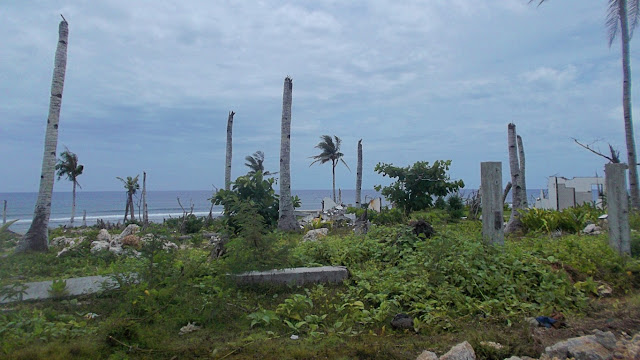
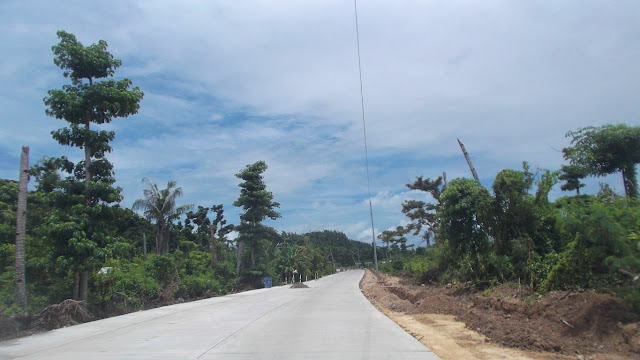
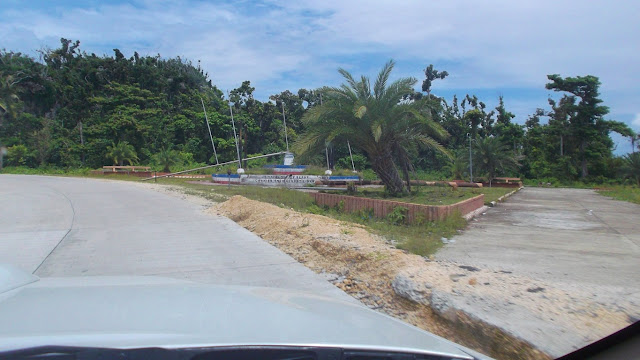
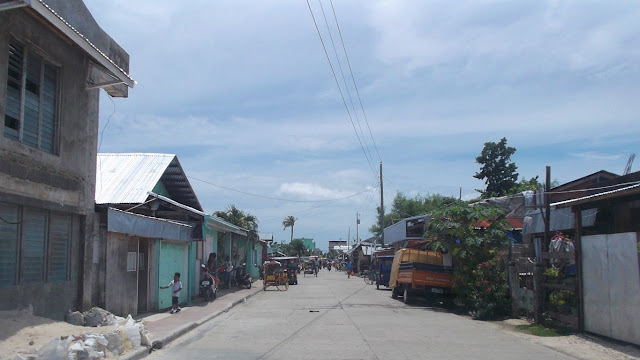

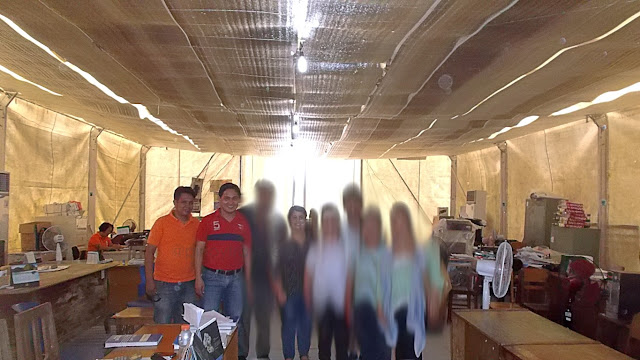
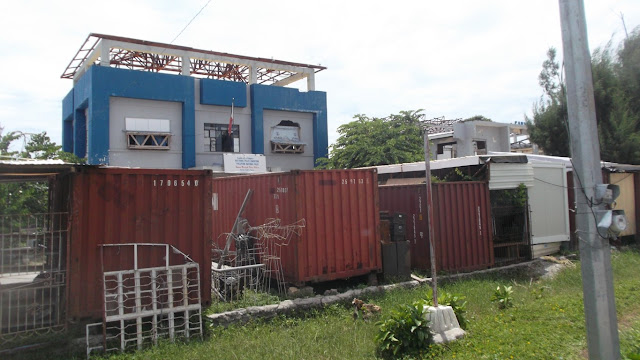


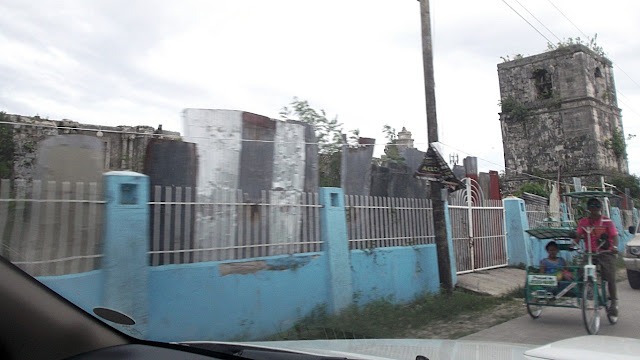
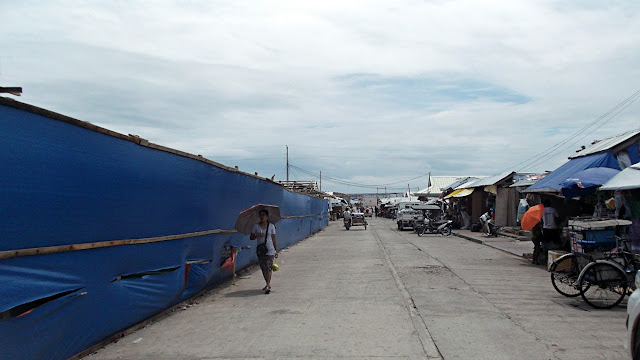


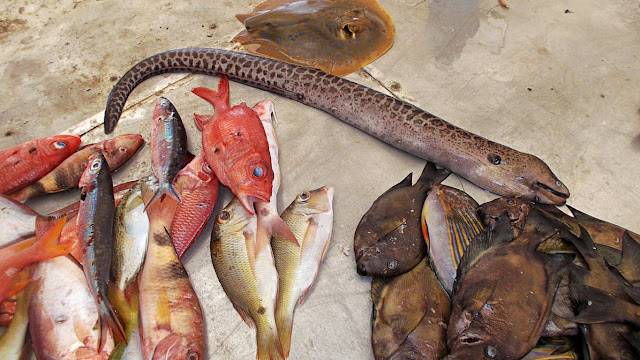
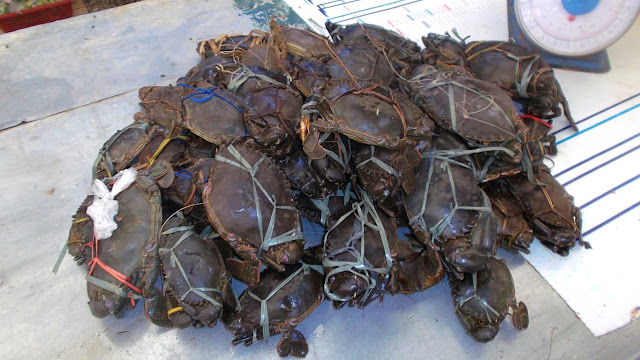
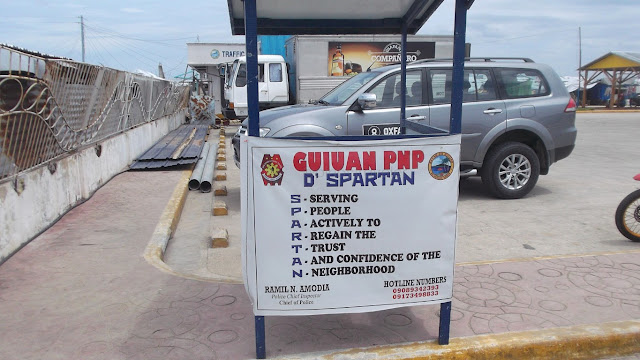
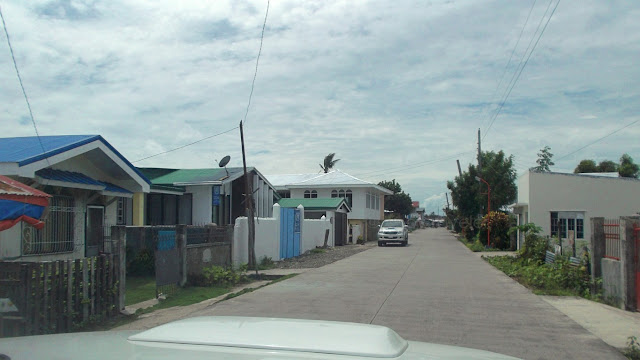
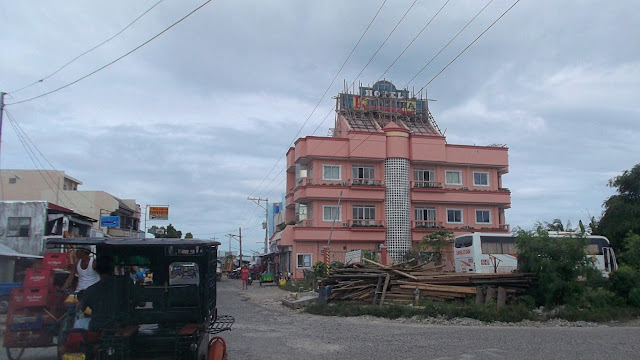



Comments
Post a Comment